Now we understand a little more about the benefits of a positive money supply to a country, we can better marvel at the 32x (3200%) that Š-ŔÉŚ™ can create.
Equally appealing is that Š-ŔÉŚ™ is a lot safer than Fractional Reserve Banking, because in Fractional Reserve Banking the 10% or less (now its apparently zero), held by banks, creates the environment for a bank run if more than 10% of customers want their money back at the same time.
Š-ŔÉŚ™ on the other hand is fundamentally different because the money in circulation never leaves the bank.
To understand this, we need to bring in one of the underlying assumptions: Network Credits.
Network credits are simple - they are essentially gift-vouchers for an individual store, or service which have a 'must spend by date'.
One network credit is worth one US dollar.
Essentially network credits are quantized, they can be counted, we will always know where each network credit is. If there are $100 billion network credits in circulation, the network central bank must have all $100 billion US dollars in its vault, or more often US treasuries, which are bonds that pay about 1.5% percent interest each year.
So now consider the process.
Company 1 spends 90 to 99.5% of all its network credits on its personnel, municipal personnel, services and other companies in the same network, then Technology 2. The TBS™ (Total Business Systems) immediately re-spends as many network credits as it can, in the same way, all 2048 companies must spend all their network credits before the next Śpin. These exchanges are lightning-fast, unusually the whole process will take just a few nanoseconds.
However, if you were to take a snapshot in time, you would find the money in one place, or another, companies will either have money or they will have bought materials and paid staff who will go on make money before the beginning of the next Śpin.
The result is there is no point when the companies are credited with having more money than is sitting in the vault of the central bank.
So if the music stopped, and everyone who was supposed to have money had their money, there would not be a line of other companies waiting for their money, there cannot be a bank run with this formulation of Š-ŔÉŚ™ - ÉL aside, the money never leaves the central bank.
This is best presented in the unscripted History 2 video, my favourite S-RES video includes trade and takes Malawi from zero to one percent of GDP 29 years earlier in 2051.
Plus it battles 15 years of simulated recessions and a depression in which all world trade stops, and yet just by good management of Š and adjusting É and Ś the network increases its cash flow every year.
See:
Ad Libbed (27.20 Minutes) (27th Dec 2018)
There is a very detailed program called The Sienna Equilibrium that maps out company-to-company spending, I paused this work a couple of months ago to bring you www.S-World.org. I shall return to The Sienna Equilibrium once this website is completed and I have finally sent the presentation to Erin Gleason Lane, Lauren Gross and Peter Thiel @Founders Fund.
Next we return to the no-trade History 3, and the figures from the S-RES Calculator Spreadsheet Tab: 'H3) ŠÉŚ-v5 | S-World History 3b' from 2024 to 2080.
With Śpin increasing by one each year for the first 32 years.
Š-ŔÉŚ™ History 3 - 2024 to 2080 - Discounted Cash Flow.
So far, we have shown the Š-ŔÉŚ™ powered Cash Flow in the years; 2024, 2025, 2032, 2048 and 2080, below we see the cash flow in each year from 2024 to 2080, as seen on spreadsheet tab; H3) Total Cash Flow & GDP .
After we add it all up cash flow equals $140 Trillion, but for this figure to have any meaning we need to discount it.
.gif)
The discounting method I have used is simply to change the 4 growth variables at the top of the H3) ŠÉŚ-v5 | S-World History 3b spreadsheet to Zero, which gives us a figure of $23,321,291,435,916.
Next, we apply the CFV of 50% making $11,660,645,717,958.
That is Malawi's discounted GDP from 2024 to 2080 as it climbs from zero to one percent of GDP.
Critically, History 3 only includes some token trade figures, so in terms of global expansion/implementation, it's a non-zero-sum-game, almost all of that GDP is made and then consumed in Malawi, Malawi is not competing with South Africa, Tanzania, or anywhere else. And because of this, the model could be repeated over and over in different locations, just so long as each location can find a persistent buyer for at least one suburb.
At the very least, we should try for another 24 countries in Africa, but ideally every country in Africa. Add to that 25 Grand Śpin Networks in US states and other countries in the Americas, 15 in Europe, 15 in Asia and 10 others including Australia and New Zealand, making 99 others Grand Śpin Networks.
So we multiply the Malawi figures by 100 giving us $1,166,064,571,795,800 ($1,166Trillion)
Below we can see precisely how many companies there will be in year 1 (2024). Stating with 2,048 companies in the year 2024 rising to 327,860 companies in 2080. We also see how much they each earn and how many Paid2Learn places they create.
Note the figures are not discounted.
Let’s take a moment to analyse this spreadsheet.
Staring on the left column ‘C’ presents the data we just saw on the last spreadsheet, the cash flow in that year.
Next, we find the expansion of companies, this was done by hand, seeking to follow the POP pattern first seen in History 1. (More on this in the underlying assumptions)
In a great simplification/symmetry labour receive 25% of cash flow, note however I am weighing up the consequences and may increase this to 50%. But for now, it's 25%.
In column ‘G’ we see total labour cash flow, then in ‘H,’ we divide that between 32 persons in a company, column ‘I’ then calculates the amount of staff (from janitor to CEO), and in ‘J’ we see average staff salary at £21,690, which does not sound like much, but it is in fact about 80 times the average per capita income in Malawi in 2018.
Note that these figures are not discounted, so for salaries and company cash flow focus on 2024 and 2025 figures.
Discounting does not affect the number of companies or the number of jobs.
In column ‘M’ we start to see the Paid2Learn initiative, which is simply to pay people, not a lot, but enough so they can go into full-time learning, be that to becoming a footballer, tennis star, or other local sports star, becoming an artist, scholars or training for a job in one of the many S-World businesses.
Alongside Technologies 1 to 6 Paid2Learn deals with training and recruitment plus education from kindergarten to PhD.
A key note for Melinda Gates; about half of labours salary is allocated to bonuses, be that S-World UCS™ Hawthorne making a daily competition for the staff in the many businesses, or in Grand Śpin Networks many sports leagues, then, critically in competitions, girls on average win more cash bonuses than boys, be their speciality physical or academic.
There are a great many variables based on performance and other things such as, controversially, how many children one has. So, a mother or father of three will lose maybe 5% and a father of four may lose 10% and less controversially I hope that being a woman gets a positive 5%. So, on average women are paid 5% more than men.
The point here is to reverse the current economic status quo that, certainly in poor locations, girls are economically valued less than boys. This is no small thing, in one of the books; Poor Economics or Why Nations Fail the Nobel winning authors from MIT tell of 100 million missing women. That I believe is the biggest case of genocide to date. However, by reversing the economics to girls are more profitable than boys, I hope that together, we can stop the next 100 million tragedies, or more likely 200 million due to population growth in Africa alone this century.
Currently Paid2Learn receives 25% of labours salary which is then split between 4 people. Thus each Paid2Learn Trainee is paid 6.25% of £21,690 which equals £1,355.63. Now this is small, but as I mentioned at the time (2018) GDP per Capita in Malawi was the lowest in the world at $250, and so £1,355.63 was probably enough to get by on. Since then Malawi has boomed up to about $500, which make me think that if we divided by 2 people, not 4, that number doubles to £2,711.25, which offers more dignity, remembering also that Paid2Learn will become social security.
Very important are the 14 different ways to increse cash flow, .
Equally, or maybe more important are the 6 ways to increse or decrease cash flow, but I cant find the narative right now so we shall come back to rhis point later, for now one is to simply make half as many companies as we see in the spreadsheet, This can result it can double gdp, which in turn can double salaries or increst investor ruturn.
There are another 5 such tricks/techniques for dobaling or haling cash flow, for now here are the14 different reasons why S-World businesses out shine standard businesss.
, or if you make only a quater of the of the amount of comoanes it .
Fourteen Reasons Why
S-World companies will outperform classical companies.
- Each business starts with world-class technology and systems
- S-World Film creates superior films and Stills for products and social media and seeks to make Hollywood films (some real, some not) about S-World.
- At the Ťender level sales and marketing costs are zero
- Rent – Zero (each company owns its own real estate)
- Warehousing costs low to zero (Warehousing is owned by the company)
- Business Rates and Property Taxes – Cost Zero
- VAT between two network companies – Cost Zero
- CFO – Chief Financial Officer, Accounting, Auditing – Cost Zero, or much less than normal for more complex or massive companies.
- Other C-Suite Personnel – Less needed, if any are needed at all.
- Economies of scale in a market worth $23 trillion. (It's massively cheaper per home to build 10 million than it is to build one.)
- Network Effects – Super internalities, The Ast⇔Bst find and create opportunities within the network.
- Net-Zero DCA works out what new types of business will do well in the network.
- Efficient Suppliers, goods and services from other networks in the same company are guaranteed to be, high quality and competitively priced.
Imagine if Amazon assessed every product for sale, and only allowed the best few products to be sold. That’s what is desired here, for each product, such as an Aluminium Window we search the world for the product that’s not the most expensive, but that is, as good or almost as good as the most expensive, which can be produced at scale for the same price that a standard Aluminium Window costs. Equalling a good price, and exceptional quality.
For each product including patents, technology, the current company gives the Malawi Grand Śpin Network company the rights to manufacture the goods, and for the first year or two provides technical assistance, such as a manager moving to Malawi and set up and run the company for the first few years. Or a virtual production line as is described in Chapter 7. Grand Śpin Networks.
- Carbon Traffic Light Scores – Each companies CO2 and other ecological footprint is assessed by the Carbon Traffic Light Team.
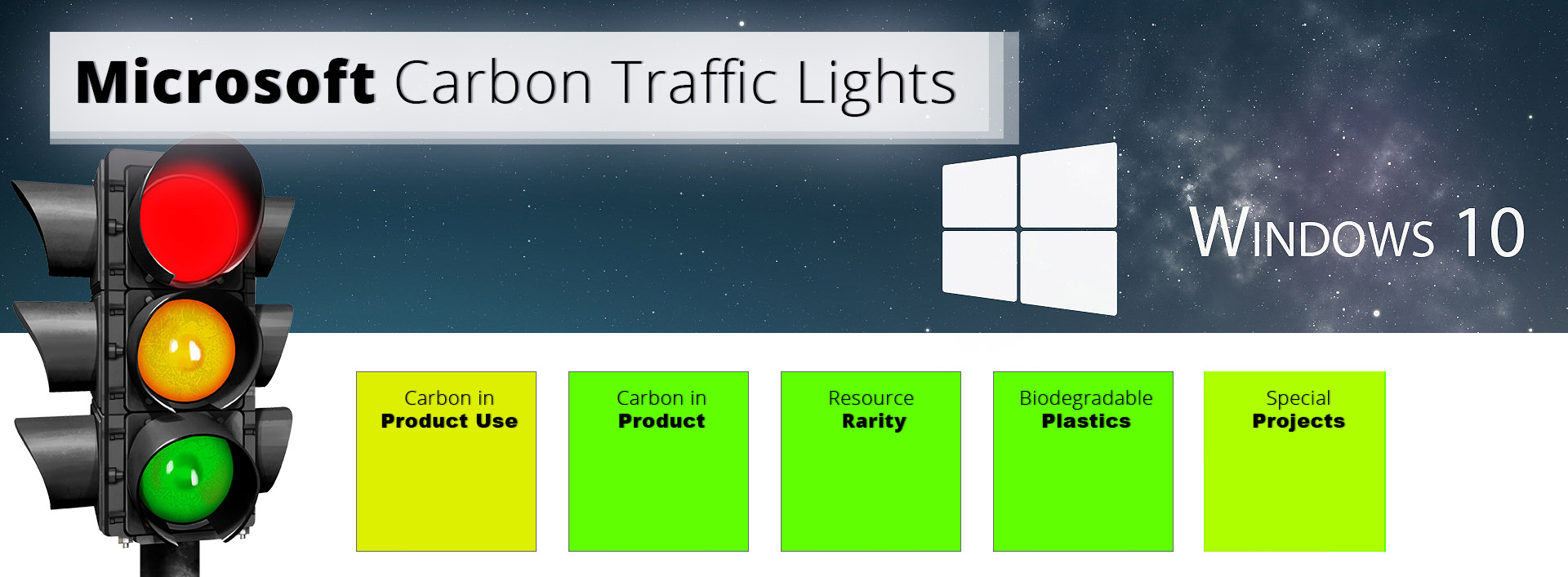
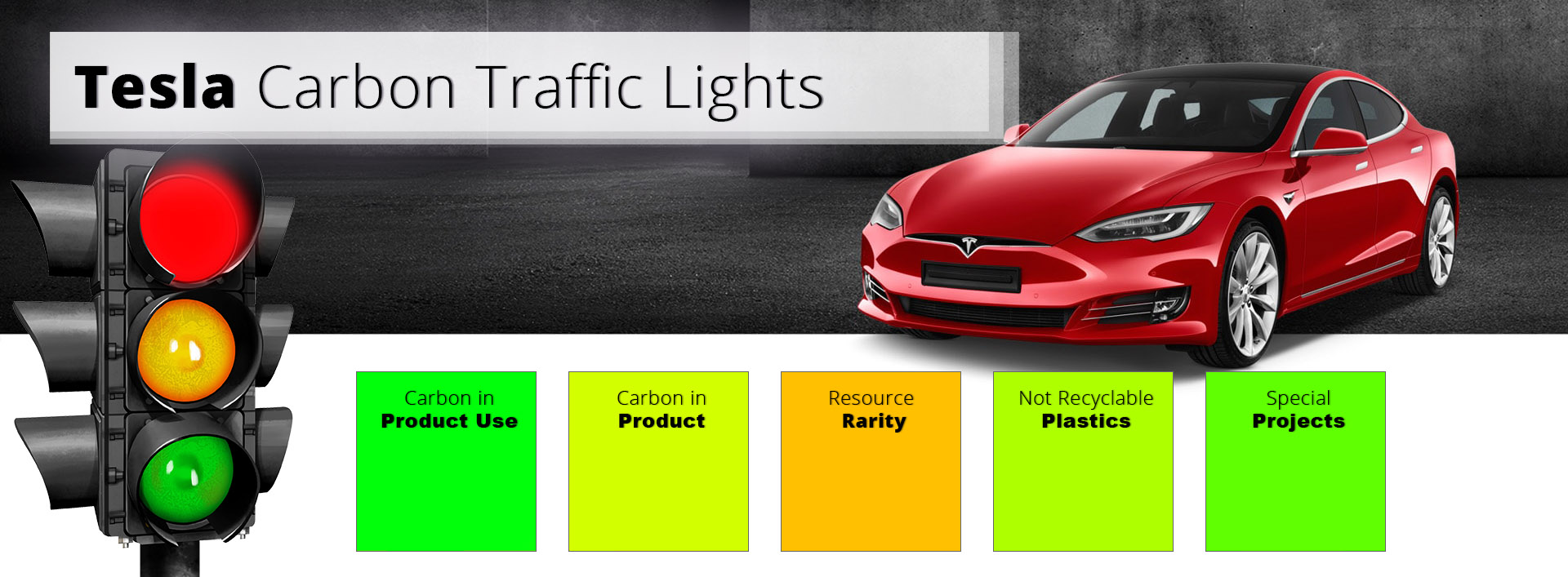
WE have now come to the point that Tax Symittry (Technolgy 8 Net-Zer DCA Soft.) must be discussed,
The origional Tax Symmetry
In place of standard taxes, the government are paid in output, we do not pay $2 billion for the infrastructure we build 2 $billions worth of infrastructure, at a price far lower than a contractor would have.
18.25% of all cash flow is allocated to the government and 75% of all cash flow is spent on creating special projects from Book 1. 64 Reasons Why on items that the government would love to give to its people if only they had more money.
In addition, the S-World TBS™ (Total Business Software) ensures there is zero tax avoidance or evasion, quite the opposite as companies gain valuable S-World UCS™ points for paying higher tax. For generating more cash flow to be spent on projects on the government's list, such as social housing and infrastructure, solar arrays, schools, hospitals and so on.
Tax Symmitry & Net Zero DCA,
To explain Dynamic Comparative Advatage let us here from Nobel Lariette Joseph Stiglits
In some, and probably most cases, the businesses in the network can make more of their products and services to sell outside the network. Exports to Southern African Counties a major market, plus of course other Grand Śpin Networks all over the world.
Let me draw attention once again to the circular nature of the decision to buy a suburb. Because one is buying a suburb, the Grand Śpin Network owners create a determined path to riches so massive they are recorded as a percentage of global GDP.
Because we have taken away all income except the Suburb Sale revenue, we can make predictions with certainty, so long as someone buys a suburb, and we can use Š-ŔÉŚ™ as prescribed and the returns will be as presented.
The only critical variable is 'Can We Find A Buyer Or Buyers For A Suburb Sale?'
The Malawi Grand Śpin Network Companies Cube (2048 Companies in the year 2024)
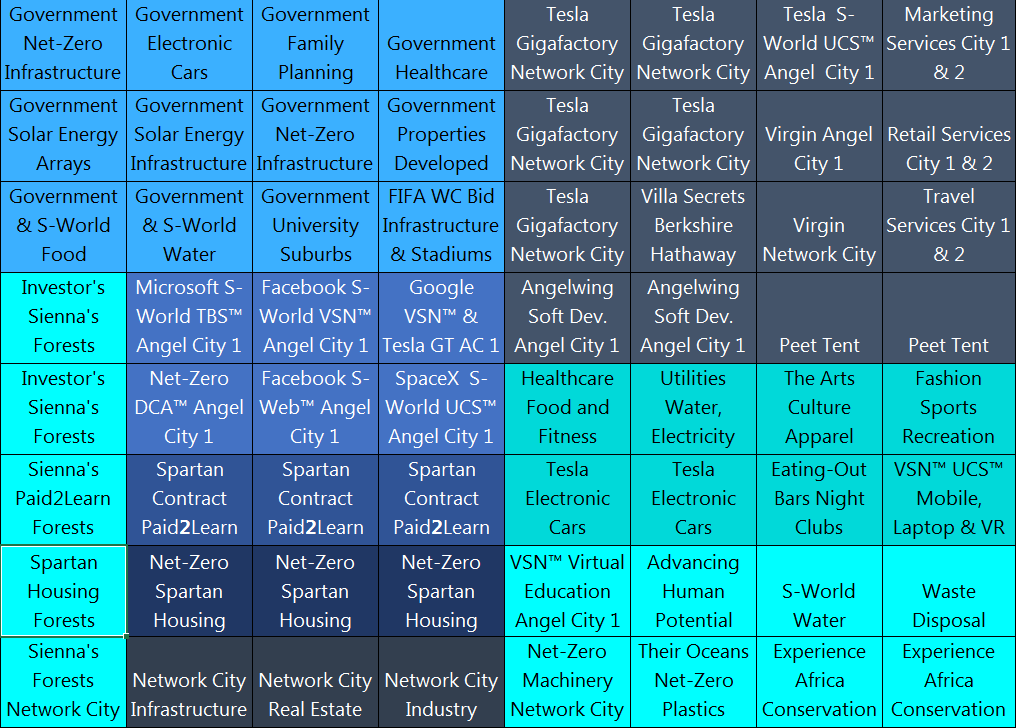
Above We can see a clear message to Elon Musk with 7 cubes assigned, and in addition, Microsoft, Facebook, Google, Berkshire Hathaway and Virgin get a place on the board, all of which create products that are essential to the special projects, and are themselves special projects at least in terms of carbon. The rest of the board is filled with special projects and facilitating systems such as the Peet Tent.
Whist this runs out of sequance, lets have a look at the UK version on the above.
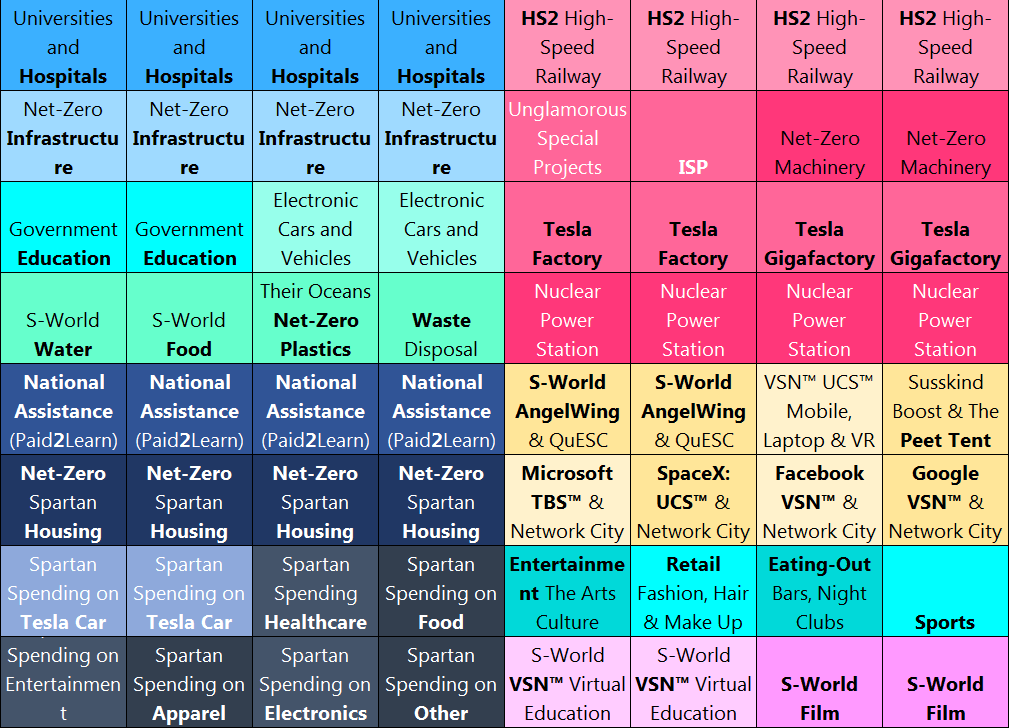
Part 2 – Determined Cash Flows
Š-ŔÉŚ™2021—⌂≥ÉL.
The idea here is that we now throw away all revenue except the sale of city suburbs and consider the buyer for a suburb. If they buy a suburb at $1 billion a year plus 5% PA escalation, for at least 16 years then that revenue multiplied by Š-ŔÉŚ™ creates determined cash flows, like we see below, made from spreadsheet tabs S-World History 3 ⌂ = 100% and Total Cash Flow & GDP ⌂ = 100%.
There are two different types of determined economics at play here, first is for the buyer of a Suburb, second is for all the businesses in the Suburb. Both are 'combinatorial' - meaning they can interact with each other and other technologies and become far more than the sum of their parts)
.gif)
For the buyer of a suburb, their success is predetermined.
All the businesses in the Suburb are determined because the cash flow Š-ŔÉŚ™ creates is distributed to the S-World businesses. This income in all but the rarest of cases be sufficient to pay all bills, wages and bonuses.
Over the last 12 months, a lot of time has been devoted to making this system determined, and the following equation has been created for this purpose ⌂≥ÉL.
The equation reads as follows;
⌂ = The Suburb Sale
≥ = must make the same or more than
É = recycle-Éfficiency
L = Leakage
The Suburb Sale (⌂) must make the same or more than (≥) recycle-Éfficiency (É) Leakage (L)
The 10 Technologies
Brand Names and 'x' Forcasts
.jpg)
Combinatorial Explosion
The Undrlaying Assumptions - PART 2
The 10 Technologies
Really it's 7 technologies as Technologies 1 to 4 are all parts of the same system, that we can name The S-World Platform. Counted collectively, we can reasonably claim a 10x which in Zero to One is the minimum amount required for a conversation.
After this 10x some other technology becomes combinatorial, all work together to create a stronger more rigorous system. Let us take Technology 7. Š-ŔÉŚ™ can the 30x can be multiplied by the 10x from The S-World Platform. For a 300x system, and a return similar to Instagram.
.
Thinking outside the box here Tech 8. Net-Zero DCA and Tax Symmetry
increases the money used for special projects to about 75%, and possibly 100%.
A while ago, the way to make money was like a franchise, and a 2.5% rake would come from all transactions. But now, at the very beginning with a selection of businesses that are themselves special projects, we ask the country to choose what they want
Below we see Malawi’s 2,048 businesses (in the year 2024) in a cube, where each square is 64 business.
For more see 64 Reasons Why - Full Book
Before we get to Technology 8, 9 and 10, some underlying assumptions and due diligence, a word on Antitrust.
Š-ŔÉŚ™ is a monopolistic equation, if É were 100% it would be a pure monopoly, and maybe the main craft in Š-ŔÉŚ™ is achieving as high an É as possible. And in most people’s books that's a monopoly.
Our legal argument is threefold, first because of the POP law the network will be mostly owned by its personnel, which we see above number in the tens of millions.
(More on POP)
Second when it comes to the 10 technologies, each will have its own co-founder and ownership. They can’t be split cos they already are.
Third our legal/moral argument is that Theodor Roosevelt only meant to penalize the bad trusts, who were more like large organized crime, at the time. If he were alive today, he would sure as hell appove this monopoly system because it can help so many people, be then in the US, Malawi or 100 other poor locations.
Monopoly is far more efficient than current market economics. The following is from the co-founder of PayPal and Palantir, and the first VC investor in Facebook; Peter Theil’s book Zero to One.
“By “monopoly,” we mean the kind of company that’s so good at what it does that no other firm can offer a close substitute.”
and more specifically is the following truth that no one disagrees with;
“My own answer to the contrarian question is that most people think the future of the world will be defined by globalization, but the truth is that technology matters more."
"Without technological change, if China doubles its energy production over the next two decades, it will also double its air pollution.
If every one of India’s hundreds of millions of households were to live the way Americans already do—using only today’s tools—the result would be environmentally catastrophic.
Spreading old ways to create wealth around the world will result in devastation, not riches. In a world of scarce resources, globalization without new technology is unsustainable.”
Technology 8.
Net-Zero DCA and Tax Symmetry
Tax Symmetry
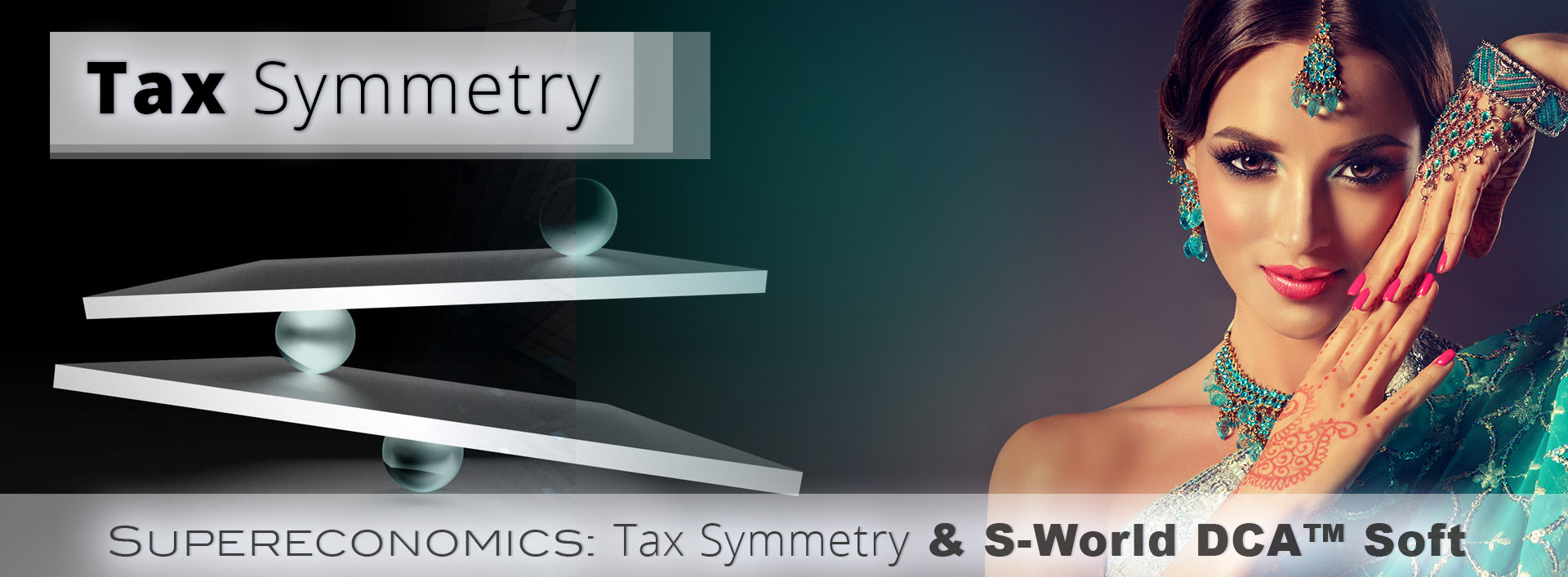
S-World Net-Zero DCA Soft.
(Dynamic-Comparative-Advantage Software)
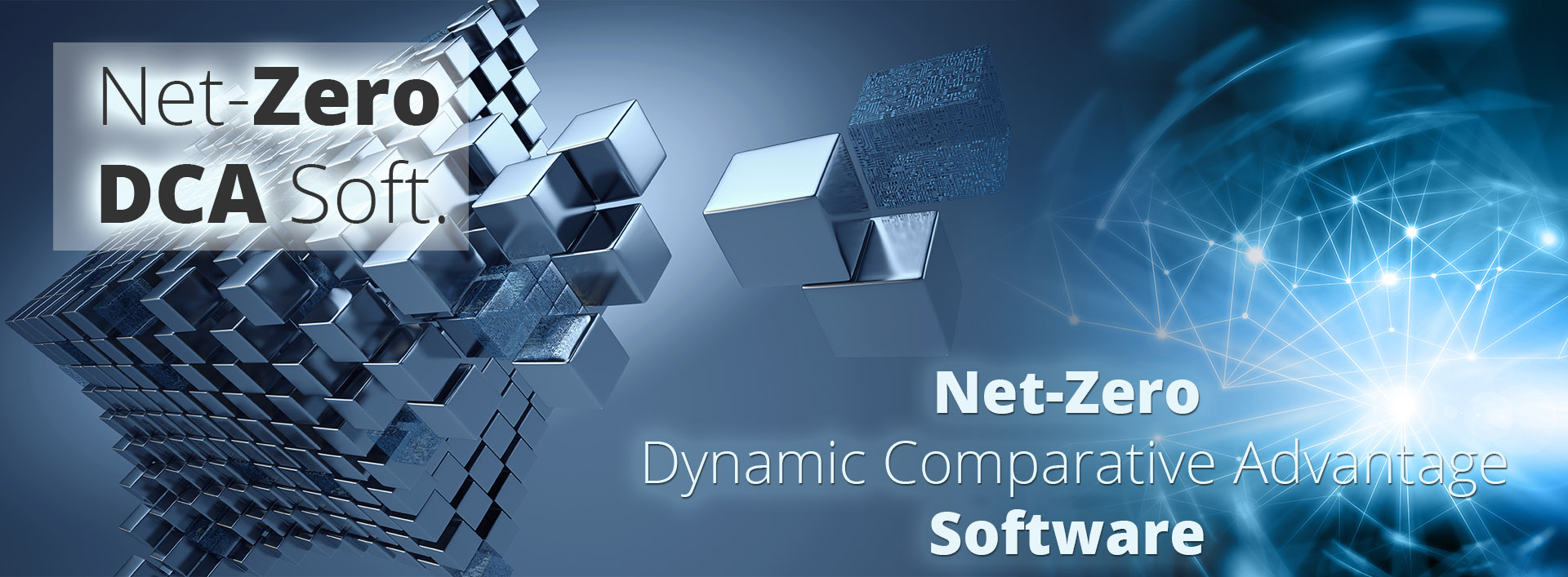
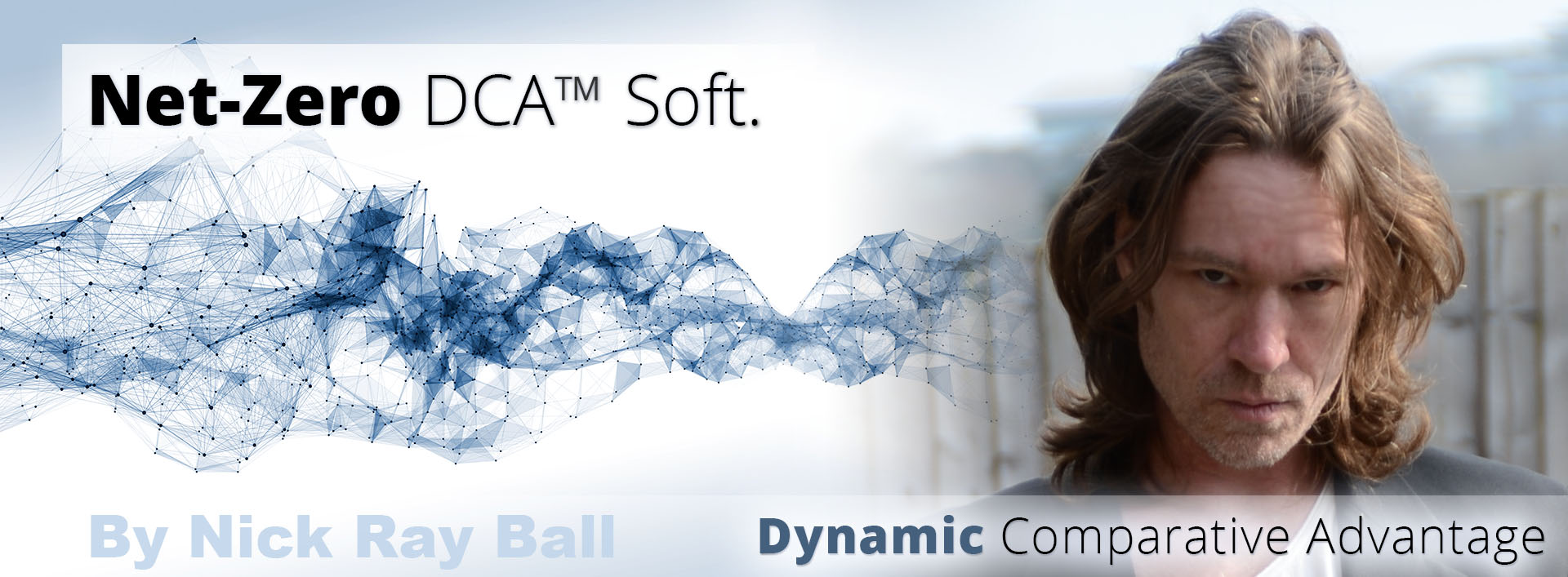
One key concept seen above is 75% allocated to Government Spending, this is Technology 8. S-World Net-Zero DCA (Dynamic Comparative Advantage) and Tax Symmetry. In which at the very beginning of the process, we present the Malawi Government and its people with a choice of Special Projects, see Supereconomics Book 3. Sixty Four Reasons Why for a list of 64 (Now 75) Special Projects in ecology, philanthropy, social and scientific specialities.
In many ways, it does not make much difference which companies apply S-RES, so long as The Sienna Equilibrium works. So why not make as many of the companies a benefit to man and womankind, I think about 75% of companies can be ‘constructive’ and all can be Net-Zero (under a credits system). But it may be possible to reach 100% of all cash flow being spent on one special project or another.
Below we see the ‘Malawi Cube’ for 2048 companies in the year 2024, each cube you see below is for a network or 64 companies.
Above we see The 10 technologies that power the S-World digital economy, we have seen Technology 7 and 8 on this webpage. The rest all feature on the homepage for this website, and the +/- 60 book and essays it presents.
For now, we see the name of the technologies on the left, and the 'x' number on the right. For more on 'x' numbers listen or read Zero to One by Peter Theil. They are the multiple an investment can make. $1 billion on a 10x investment gets you $10 billion, but often 9 out of 9 other businesses fail leaving one about even. The craft in VC investment is to be well above even.
Considering it likely Peter will read this I really must say that the 'x' forecasts below have already been found incorrect. It's a game of averages, and we must understand that the max score of 36.8 million 'x' is not a forecast, it is a measure of what would be if every single thing works and a business could operate in every industry and every country.
What we can rely on is with S-RES alone boosting everything in a Grand Śpin Network (S-World City) by 33x it is well worth having a serious conversation.
And a further conversation on SuEc book.4 10x Our Future with Palantir Technologies as a framework for The 10 Technologies, god knows we need the security.
And further a conversation about Founders Fund managing my equity and later investments in Grand Śpin Networks, and how M-System 13 D-World UCS Voyagers (Technology 5 + 6), will allow you to clean up.
Noting that at $1039 Trillion, a 0.001 share is more than $1 trillion. If we apply the following from Zero to One;
Peter Theil Company is Worth its projected Cash Flow.
Due diligence
Brand Names and 'x' Forcasts
The math is good, it's been checked by Cambridge double first types and is so very simple it can't be disputed. But to use a phrase from one of said Cambridge double first types
“I can, however, say nothing to the underlying assumptions”
Good question, which has a long answer, the first S-World website in 2011 had close to half a million words. Then American Butterfly, Angel Theory, Angel Theory - Paradigm Shift, A More Creative Capitalism which split into the 4 Supereconomics.ai books, of which this is a summary of the second book Š-ŔÉŚ™ and The City ⌂.
Of the many books and videos on this subject I recommend:
Note that SuEc is for Supereconomics and SuEc.1 is The 10 Technologies (THE WHAT), 2 is Š-ŔÉŚ™ and The City ⌂ ( THE HOW), 3 is Sixty-Four Reasons Why (THE WHY) and 4 is 10x Our Future (THE FUTURE)
The two books below are the most recent books that deal with the underlying assumptions and plug the holes in what must be 100 questions coming our way, just like Borne v Einstein on quantum theory. The 2 below are close to 3 years of attempts at making or breaking the theory, in particular, I'll mention Well Before Time Production and S-World VSN Construct.
11.35__SuEc.2__Book-2__THE-HOW__S-RES__The-City__(12-Oct-2020-to-20-Feb-2021)
11.52b__SuEc.2__S-RES---The-Secret-of-a-Booming-Economy__Let-us-call-it-Supereconomics__(15th-Nov-2020)
11.52__SuEc.2__S-RES-And-The-City--Part-1__Addendums_FRL-WBTP_VSN-C__Determined-CF__Diary__(15-Nov-20-to-10-Apr-21)
11.65__SuEc.4__MARS-Resort-1__10x-Our-Future__BASIC__(2900-Words)__(25th-Dec-2020)
11.11__SuEc.2__S-RES-BASIC--2024-to-2080__S-World-UCS-History-3__(23-Jul-2020)
11.96__SuEc.1-2__Videos-(All)__(3-Apr-2017-to-8-Mar-2021)
10.50__SuEc.3__64-Reasons-Why__Summary__(5-Sep-2019-to-24-Mar-2020)
10.54__SuEc.2-3__S-RES-and-64-Reasons-Why__(Antitrust)(VS)__(27-Sep-to-7-Oct-2019)
10.98__SuEc.4__10x-Our-Future__Zero-To-One-and__64-Reasons-Why__The-Grand-Design__(24-Mar-to-28-Apr-2020)
11.16__SuEc.4__10x-Our-Future--Book__A-Work-In-Progress__(9-Aug-to-16-Sep-2020)
11.55__SuEc.3__64-Reasons-Why__BASIC__(9700-Words)__(24-Nov-2020-to-18-Feb-2021)
11.94__SuEc.1__The-10-x-Forecasts-and-the-Combinatorial-Explosion__BASIC__(2685-Words)__(29-Mar-2021)
11.92__SuEc.1-2-3__Books-1-to-3__Summary-Introduction__BASIC__(1531-Words)__(6-Mar-2021)
11.90__SuEc.1-2-3__The-History-and-Histories__plus__Supereconomics-Books-1-to-3__(25-Feb-to-10-Apr-2021)
11.77__SuEc.1-3__S-Web__Special-Project-1__Villa-Secrets-and-Experience-Africa__(5-Sep-2019-to-1-Feb-2021)
Thank you for Reading:
"How To Make 1039 Trillion Dollars"
Š-ŔÉŚ™2021—⌂≥ÉL.
Let us take a moment to undertand the economics of Śpin.
Labour is by far the easiest to explain/justify.
Labour receives 25% of cash flow, now consider the scenario on the Š-ŔÉŚ™ calculator above, with cash flow circulating every (This section needs completing)

.jpg)
.jpg)
.jpg)

.jpg)

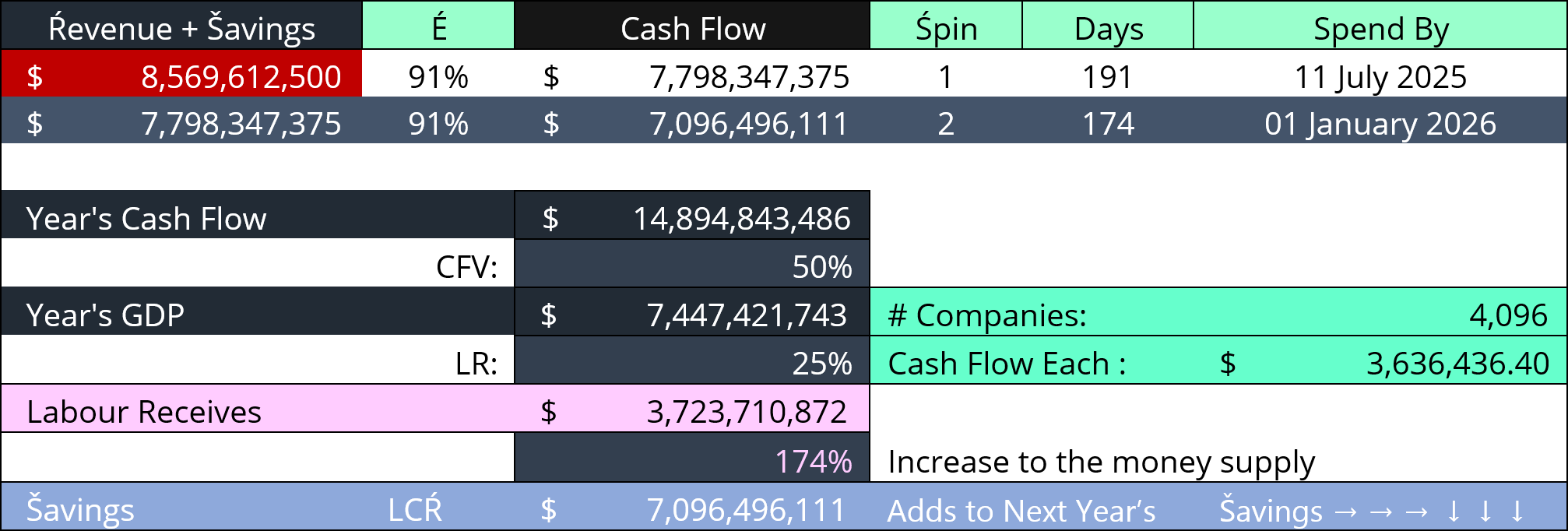 On the 12th of July, the cash flow remaining in the bank, now $7.75 billion is again distributed to the now 4,096 companies averaging $3.63 million each, to be spent before the end of the year, again with an É of 91%. At which point $7.09 billion remains in the network central bank and it converted to Š (savings) in 2026.
On the 12th of July, the cash flow remaining in the bank, now $7.75 billion is again distributed to the now 4,096 companies averaging $3.63 million each, to be spent before the end of the year, again with an É of 91%. At which point $7.09 billion remains in the network central bank and it converted to Š (savings) in 2026.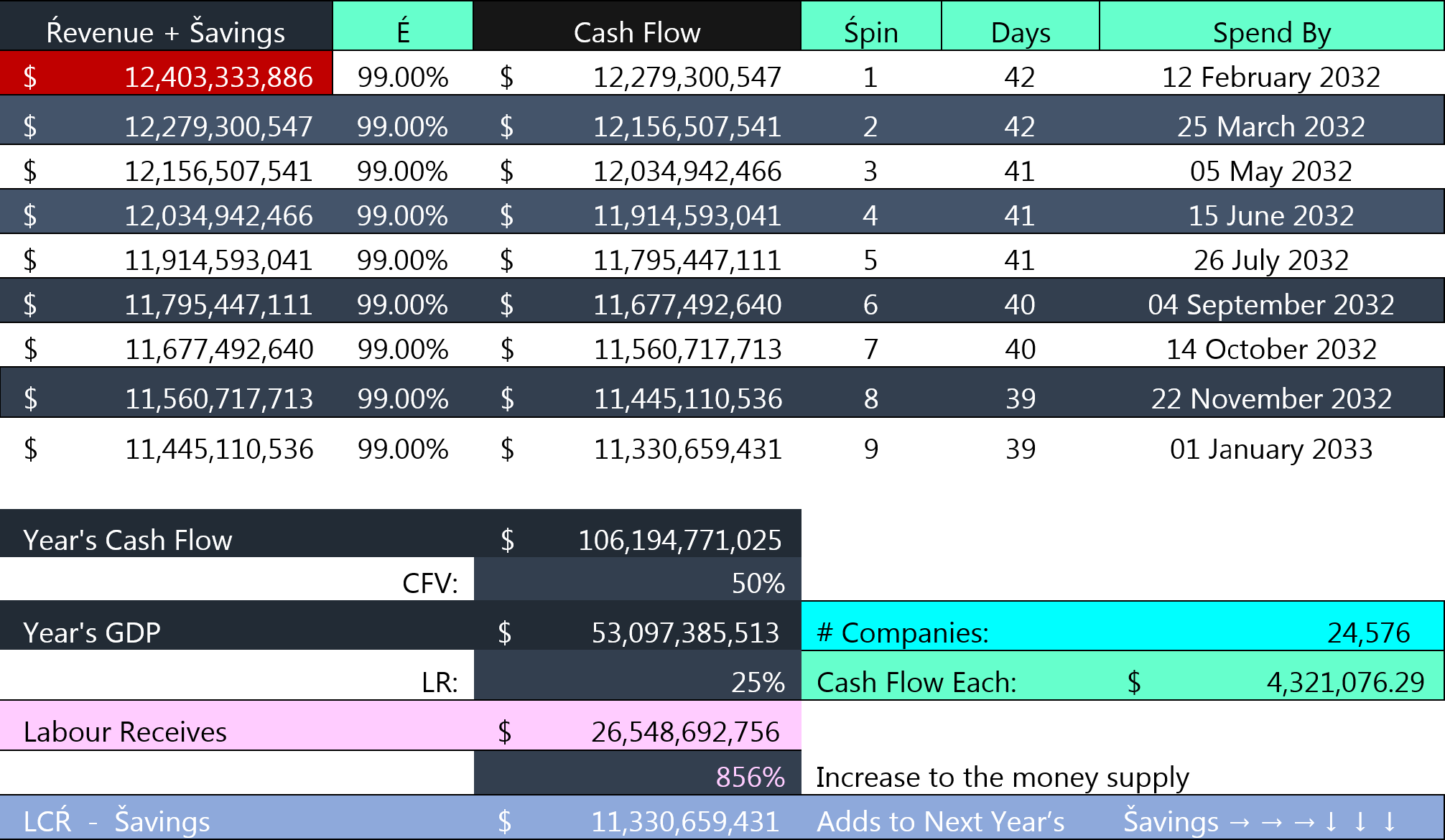 Note the Spend By Dates, the initial cash flow is spent in the first 42 days, the second Śpin is also 42 days then; 41, 41, 41, 40, 40, 39, 39 days. Eight Śpins generating $106 billion in cash flow, and about half that in GDP.
Note the Spend By Dates, the initial cash flow is spent in the first 42 days, the second Śpin is also 42 days then; 41, 41, 41, 40, 40, 39, 39 days. Eight Śpins generating $106 billion in cash flow, and about half that in GDP.
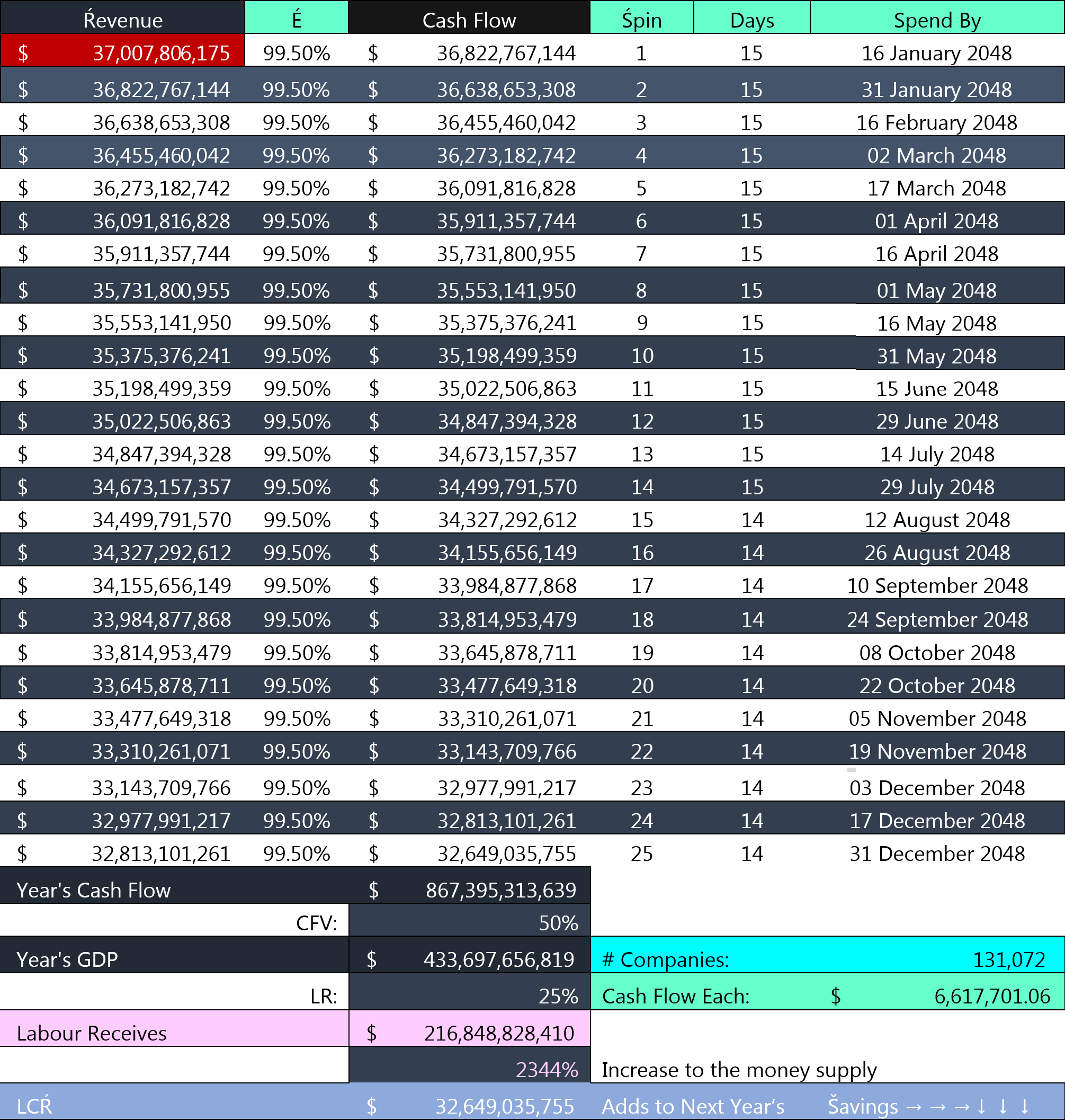
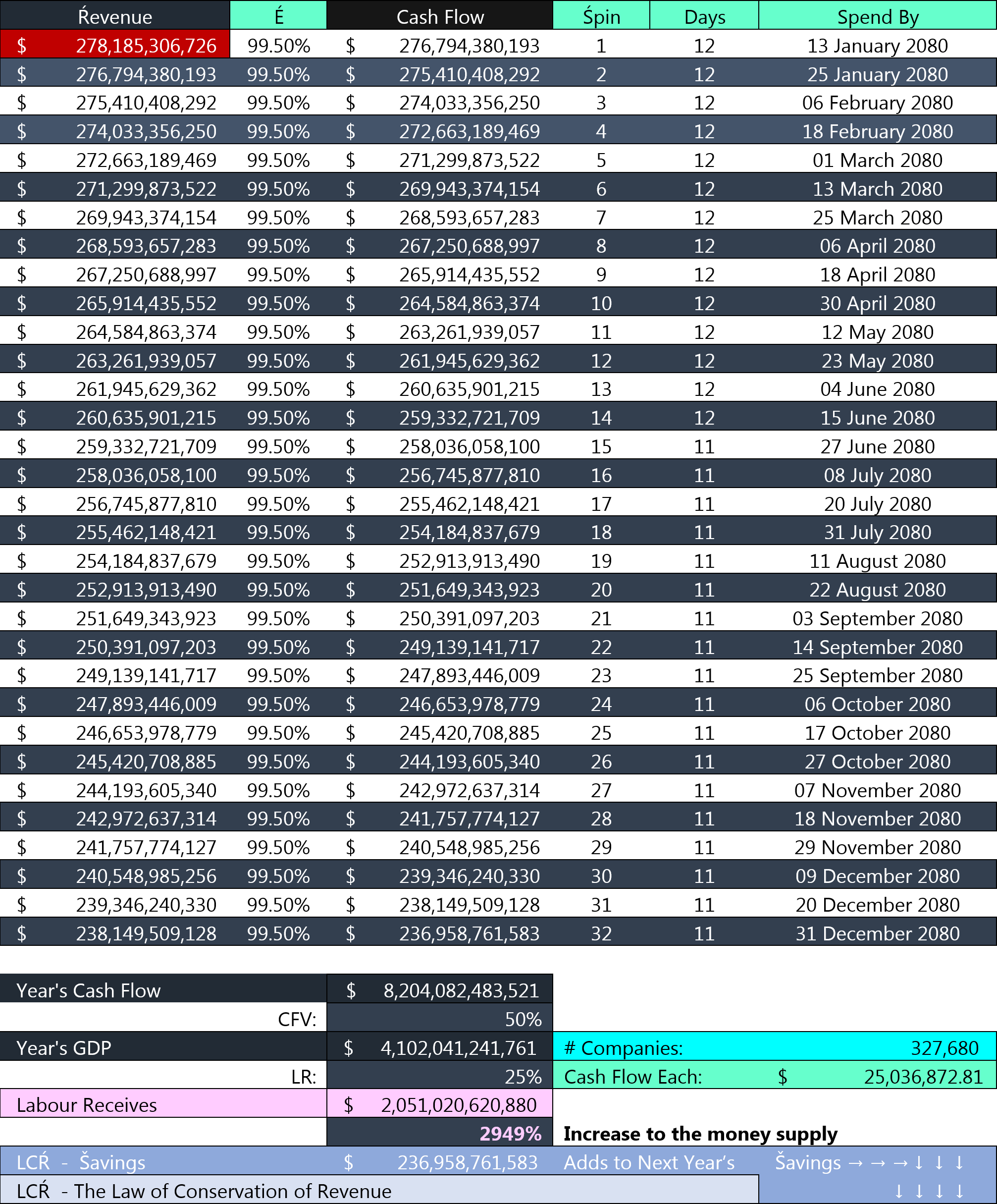
.gif)





.gif)
.jpg)


